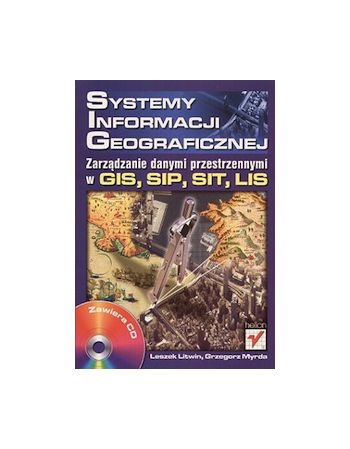Introduction to...
This book provides an accessible introduction for architecture students to all aspects of architectural technology: structural physics, structural elements and forms, heating, lighting, environmental control, and computer modelling. It will also help students to integrate their design thinking with appropriate structural and environmental solutions. The book explains the relationships between physical phenomena, materials, building elements and structural types using simple classification systems and real world examples. In addition, it explores current computer techniques for assisting students to predict the structural and environmental behaviour of buildings.



